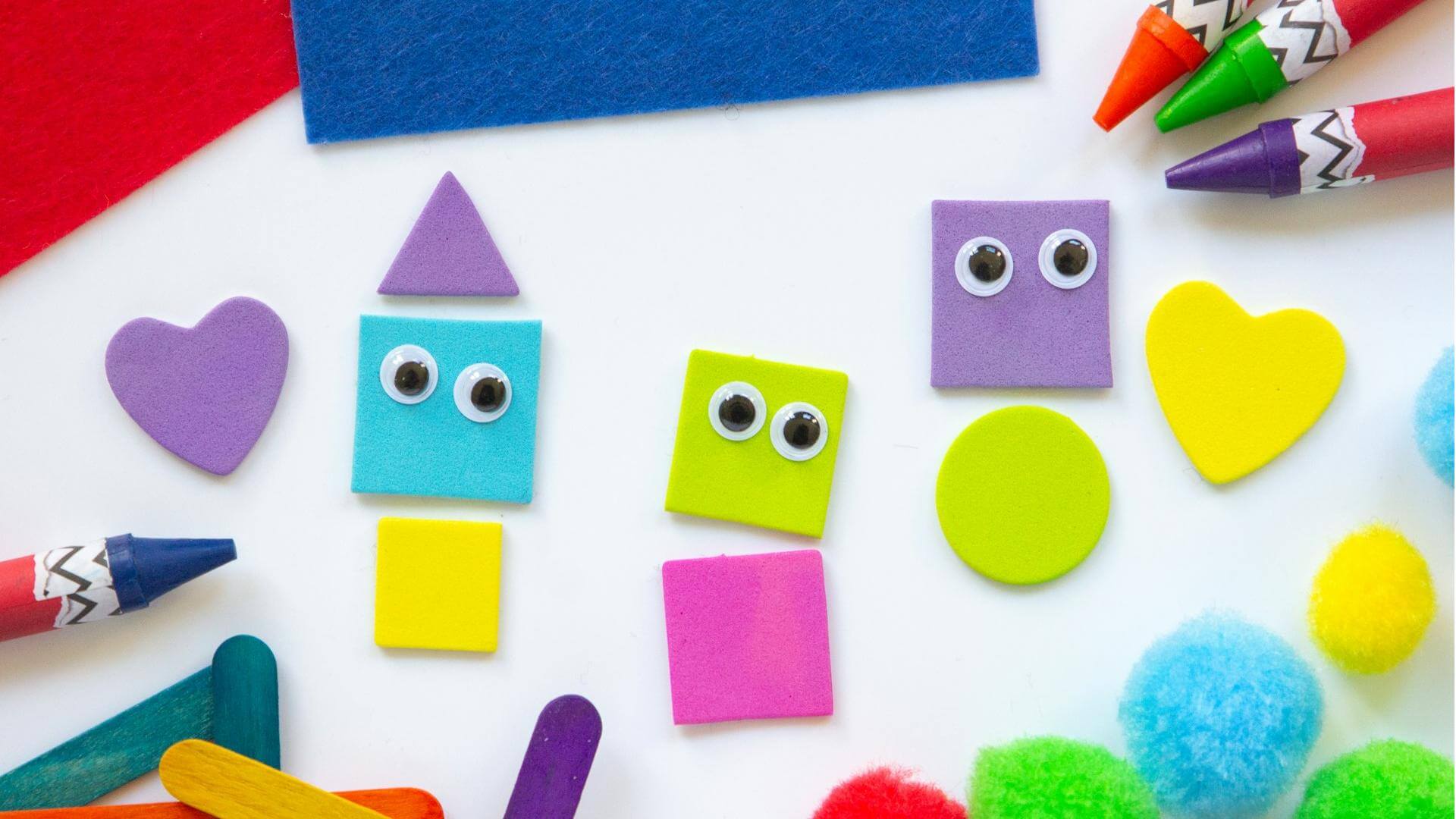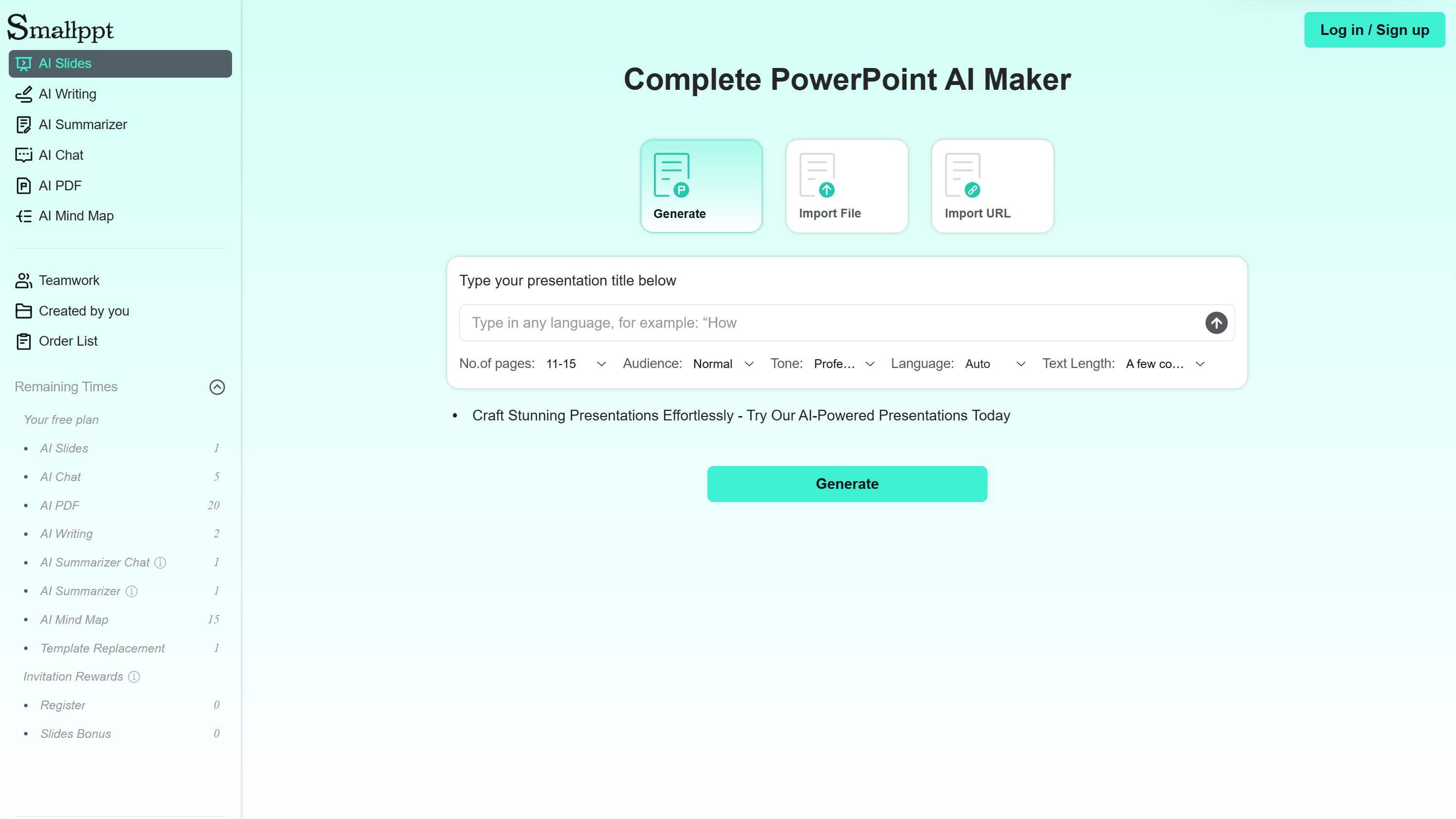
We often marvel at how some classrooms are consistently filled with joy and a drive to strive forward, while others appear dull and lifeless. More often than not, this difference is deeply tied to the cultivation of classroom culture.
A positive classroom culture can create an environment where students feel safe, respected, and motivated to reach their full potential.
Building such a culture is no easy feat. It requires educators to dedicate time and effort to plan, patiently guide, and nurture it. But once achieved, the rewards are students' sustained upward momentum and a genuine love for learning.
In this blog post, we'll explore why a positive classroom culture is important and share some effective ways to build a positive classroom culture.
The Importance of a Positive Classroom Culture
In a positive classroom culture, students feel respected and accepted for who they are. This allows them to interact more positively with each other, making collaborative learning the norm.
In such an environment, the relationship between teachers and students also becomes more harmonious. By listening to student needs and inviting them to participate in rule-setting (like co-creating classroom rules collaboratively discussed), teachers can transform management from "imposed discipline" to "active self-discipline".
It can even positively impact students' mental health, reducing their anxiety and stress, allowing them to learn and grow in an uplifting and enjoyable atmosphere.

How to Build a Positive Classroom Culture
1. Ditch the "One Right Answer" Mentality
Different people come with different knowledge backgrounds and ways of thinking. Their perspectives on the same problem will naturally vary.
Many problems inherently lack a single absolute right or wrong answer, and multiple solutions may hold merit. Acknowledging diverse answers stimulates deeper thinking and discussion among students, fostering innovation and growth.
Therefore, encourage students to explore multiple ways to solve problems and spark their curiosity for discovery, rather than confining their thinking to a single "correct" answer.
Furthermore, before voicing your own perspective, ensure students clearly articulate their ideas first, preventing your viewpoint from influencing theirs.
2. Empower Students with Expectations
As demonstrated by the Rosenthal Effect (or Pygmalion Effect), a teacher's positive expectations can significantly impact a student's academic achievement and character development.
For example, proactively telling a student, "You have a real strength in logical thinking," and then prioritizing them for answering relevant questions in class, followed by specific encouragement like, "That's an excellent angle to analyze this from!", helps the student internalize this positive identity from your belief in them.
Consequently, educators should focus on students' strengths and leverage concrete feedback based on expectations to strengthen their motivation and effort, thereby unlocking their potential.
3. Encourage Positive Communication and Interaction
Teachers must maintain open communication channels and consistently encourage students to express their ideas, confusion, and needs.
Facilitate diverse interactive scenarios where students take the lead in the exchange.
For instance, have students take turns designing a 5-minute pre-class discussion topic (e.g., "Using Physics to Explain Everyday Phenomena"), then guide classmates to build upon the ideas, while you participate primarily as a recorder, avoiding dominating the conversation.
4. Create a Positive Physical Environment
Enhance the classroom layout to feel welcoming and educationally inspiring.
You can display students' outstanding work, motivational quotes/signs, subject-area knowledge charts, and other materials on the walls to cultivate a rich learning atmosphere.
Or consider adding special areas like a plant corner or reading nook to provide students with comfortable and pleasant spaces for learning and personal growth.
5. Inspire with Quotes
Educators can weave well-chosen quotes into classroom moments to inspire students.
Many such "wisdom nuggets" come from notable figures whose own life stories and the values embedded in their words offer clear role models. This guides students to learn admirable qualities and strive towards positive goals.
Alternatively, dedicate a "Quote of the Day" space next to the classroom blackboard, where students take turns changing the displayed wisdom daily.
Smallppt offersr many templates to help you design these quotes attractively.
6. Leverage Multimedia and Modern Tech
Compared to traditional blackboard/textbook teaching, multimedia integrates diverse content formats – text, images, audio, and video, making abstract concepts concrete and tangible.
Creating presentations (using slides) is a very common teaching method. Teachers use slides to structure and present lesson content, making explanations more engaging, grabbing students' attention, and guiding them step-by-step through the knowledge landscape.
Furthermore, add interactive elements during the presentation to boost participation.
Examples include using a spin-a-wheel system to randomly select students for answers or inviting students up to interact directly with the content in real time.
7. Establish a Positive Assessment and Feedback System
Teachers should pay attention not only to students' academic achievements but also holistically evaluate their classroom performance, learning attitude, teamwork skills, and creative abilities. This allows students to receivecomprehensive and objective assessments.
This way, students can receivetimely encouragement, affirmation, and constructive feedback, empowering them to better understand their progress and identify areas for improvement.
At the same time, actively involve students in self-assessment and peer evaluation. This practice helps nurture their reflective skills and develop their ability to assess others fairly.
This positive assessment and feedback system plays a vital rolein boosting student motivation and fostering a supportive classroom atmosphere.

Final thoughts
Building a positive classroom culture is not a one-time effort but a continuous journey that requires patience, intention, and collaboration from both teachers and students.
When every student feels seen, every idea is valued, and every challenge becomes a shared opportunity, the classroom will be full of vitality.
I hope these ways can help you build a positive classroom culture and ultimately create a good learning environment that is conducive to the all-around development of students.
Smallppt Help You Build a Positive Classroom Culture
As we mentioned above, we can boost engagement and interactivity in the classroom by leveraging multimedia and modern tech. If most of your energy goes into designing lesson content, Smallppt can save you significant time creating presentations.
Simply enter your topic or upload related documents. Smallppt will quickly build a structured presentation framework for you. It then expands it with relevant text based on your theme or extracts key information from your documents, ultimately transforming it into a logically cohesive presentation.
You just need to easily tweak and add to the generated presentation, and you'll end up with a professional yet personalized slide deck. This allows you to redirect your focus towards refining lesson content and optimizing teaching methods.



